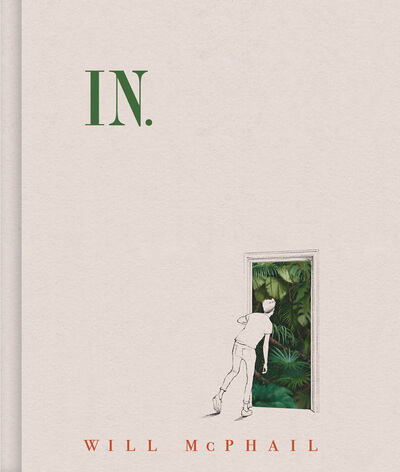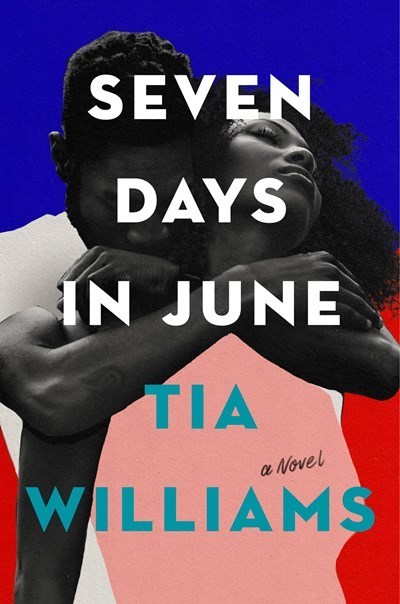Nowadays, it’s easy to find out where you came from. Just pluck out some hair follicles or scrape your cheek for some cells, send them to a lab far away, and they’ll determine your genetic makeup. Even when science reveals these secrets about our bodies, however, ancestry and heritage are still complex elements of our personal identities. In her debut novel, The Love Songs of W.E.B. Du Bois, celebrated poet Honorée Fanonne Jeffers weaves an epic ancestral story, showing that where any one person comes from is much more complicated than charts and graphs.
Ailey Pearl Garfield, a young Black girl with a big family, takes center stage, and the history and intricacies of her ancestry drive the novel’s plot. We jump, sometimes dizzyingly, across space and time to trace her family line, and the result is a dazzling tale of love and loss. The story begins with a formerly enslaved man and his acceptance into a Native tribe, the first fateful moment of a vast history. Centuries later, Ailey is visited in her dreams by a “long-haired lady” who helps her to uncover their shared story.
ALSO IN BOOKPAGE: To write her debut novel, celebrated poet Honorée Fanonne Jeffers learned to claim her rural Southern roots.
From slavery to freedom, discrimination to justice, tradition to unorthodoxy, this story covers large parts of not just of Ailey’s heritage but also America’s. It’s the kind of familial epic that many Americans, particularly African Americans, can relate to, as Jeffers limns this family’s story with the trauma, faults and passions that we all harbor. Her masterful treatment of the characters and their relationships, paired with the thorough and engaging way the narrative is laid out, makes for a book that is easy to invest and get lost in—a feat for such a long, intricate work. Best yet, the novel incorporates the words of W.E.B. Du Bois throughout its 800-plus pages; those words are the story’s spine, its beating heart, its very life force.
Comparisons to Toni Morrison are bound to be made and will be apt in most cases, as this novel feels as important as many of Morrison’s. The Love Songs of W.E.B. Du Bois earns its place among such company, as Jeffers engages with and builds upon the legacy of African American literature as carefully and masterfully as she does the narrative of Ailey’s family.


















